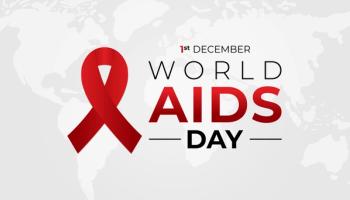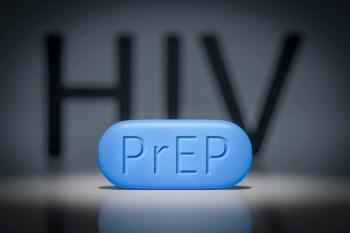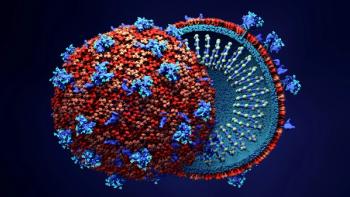
Study Emphasizes Knowledge Disparity for HIV and AIDS
There needs to be more support for those at a socioeconomic disadvantage.
In a study of women in low- and middle-income countries, findings demonstrate there are low levels and large gaps in knowledge of HIV/AIDS between groups.
The findings suggested future HIV-prevention campaigns should emphasize providing easily accessible information to socioeconomically disadvantaged groups.
Chunling Lu, Ph.D., and colleagues assessed the levels of and changes in knowledge of HIV/AIDS and the associations with socioeconomic disparity among young women in low- and middle-income countries. They used nationally representative Demographic and Health Surveys (DHSs) from 51 low- and middle-income countries with available data on knowledge of HIV/AIDS from 2003 to 2018. The surveys were used to collect information on sociodemographic characteristics, child and maternal health, and awareness and behaviors associated with HIV/AIDS. The analysis was limited to young women aged 15 to 24 years old.
DHS constructed a survey module to measure a country’s level of knowledge of HIV/AIDS. The module was based on the definition of and knowledge about HIV prevention, including identifying the two major ways of preventing the sexual transmission of HIV, rejecting the two most common local misconceptions about HIV transmission, and knowing that a healthy-looking person can transmit HIV. If a woman answered yes to whether they ever heard of an illness called AIDS, they were asked to make yes, no, or do not know selections for five statements: “people can reduce the risk of contracting HIV by using condoms consistently,” “people can reduce the risk of contracting HIV by only having sex with 1 faithful uninfected partner,” “HIV cannot be transmitted by sharing food with people who have HIV,” “a person cannot contract HIV from mosquito bites,” and “healthy-looking people can have HIV.”
To measure disparities, the team used the absolute differences in the percentage of young women with the knowledge of HIV/AIDS in three socioeconomic domains — residential area, wealth, and education. Women were divided into two groups: those who received primary education or less and those who received more than primary education.
Of the more than 280,000 women from 51 low- and middle-income countries, 29.3% (95% CI, 24.1-34.5) reported having knowledge of HIV/AIDS in the latest years. In 2015, Afghanistan reported 1% knowledge (95% CI, .7-1.3), while from 2014-2015 Rwanda reported 64.9% knowledge (95% CI, 63.3-66.5).
Living in rural areas, in households in the lowest income quintile, or with low levels of education reported less knowledge about HIV/AIDS than others (−12.8 [95% CI, −10.6 to −14.9] percentage points; −21.8 [95% CI, −18.3 to −25.3] percentage points; and −19.4 [95% CI, −16.6 to −22.2] percentage points, respectively).
Among the 40 countries that took at least two surveys, the surveys demonstrated a significant increase in knowledge of HIV/AIDS among young women in 24 countries (60%) and a significant decrease in 10 countries (25%). It was reported less than halfa of countries experienced significant reductions in disparities linked to residential area (20%), wealth (12.5%), or education (42.5%).
“Future HIV-prevention campaigns or programs should continue to emphasize the needs of young people with socioeconomic disadvantage and to provide more support for effective interventions, such as public campaigns through mass or social media,” the investigators concluded.
The study, “
Newsletter
Get the latest industry news, event updates, and more from Managed healthcare Executive.


















































